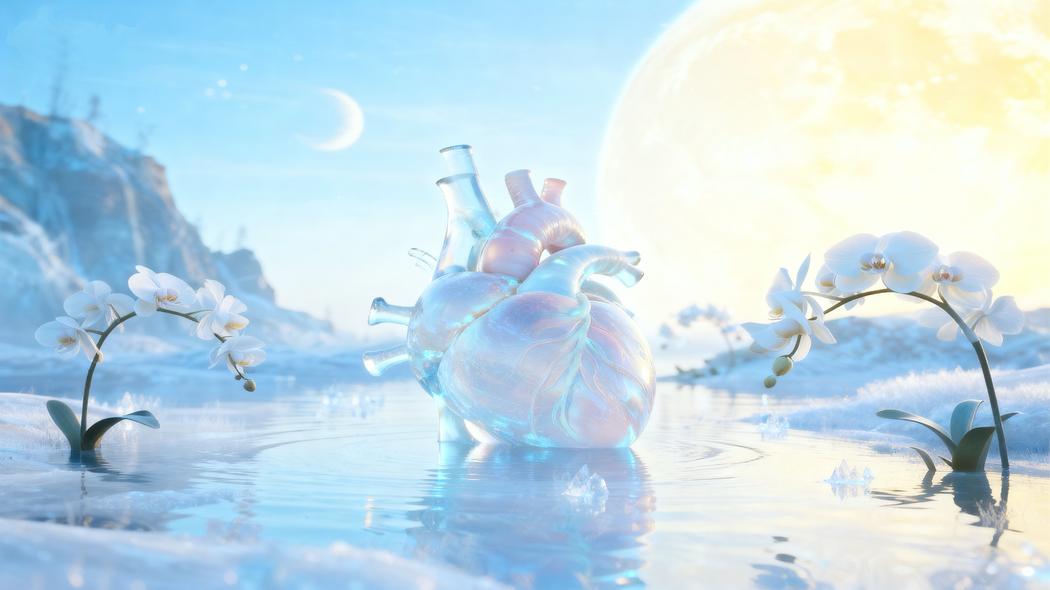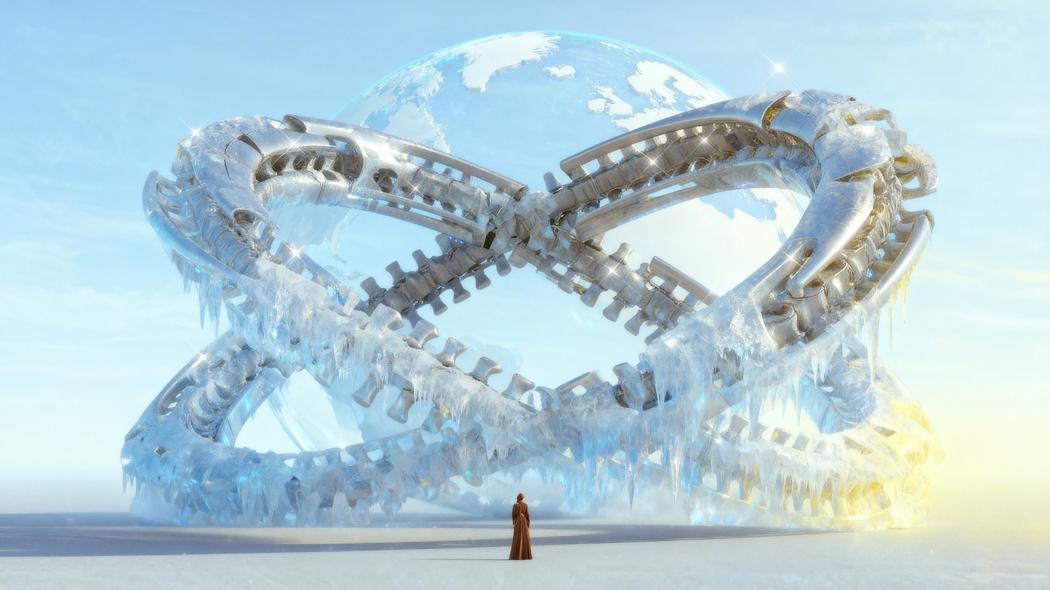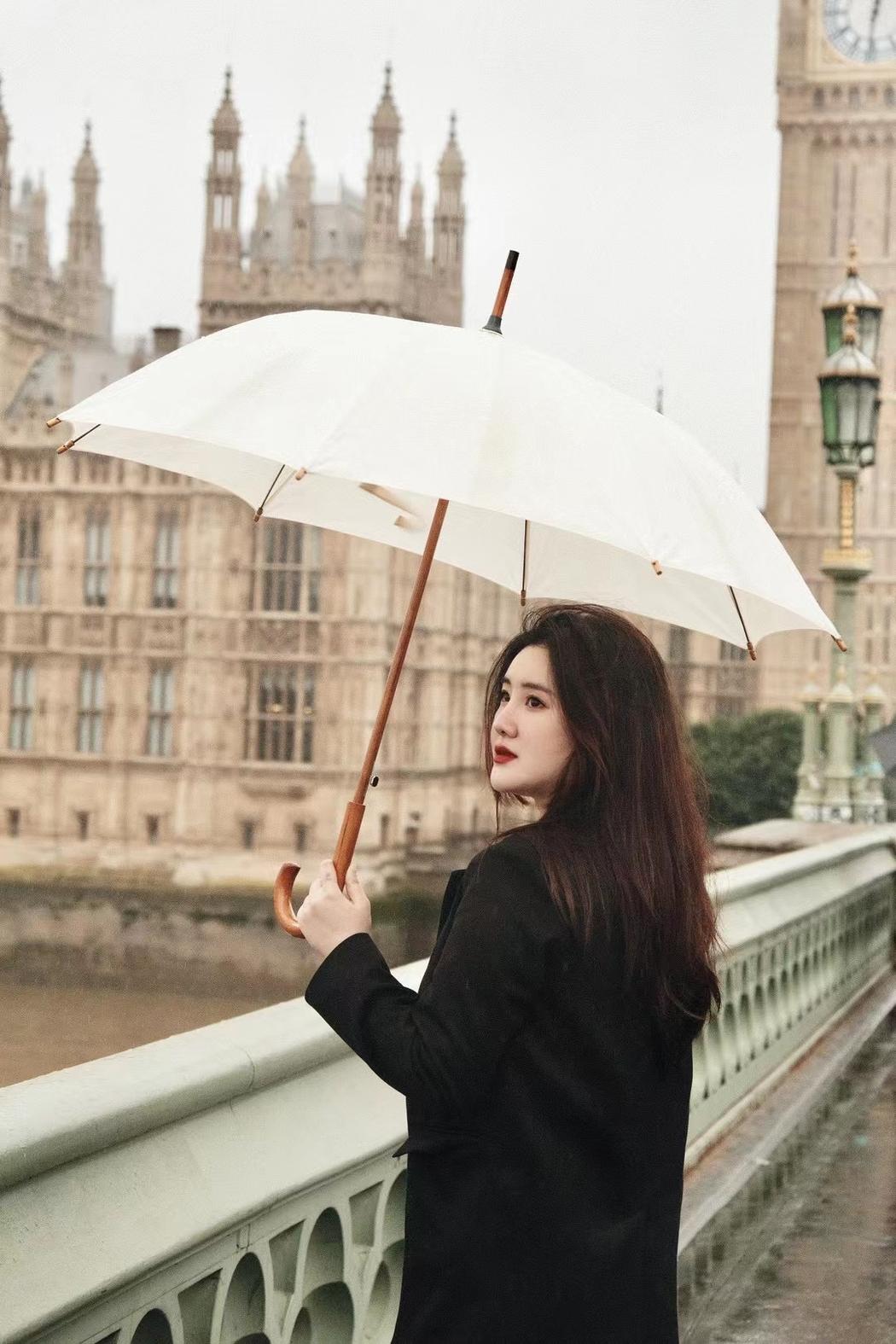Momo Mengyi Li
Your education: Master of Istituto Marangoni
Describe your art in three words: Techno-Spiritual Psychedelic Classicism Transmedia Prophecy
Your work explores identity, love, death, and posthumanism. What first led you toward these profound philosophical themes?
Growing up moving frequently between countries, I learned to adapt to new environments from a young age. This nomadic upbringing fostered a sense of solitude and detachment from any single community, while also fueling my curiosity and observational skills. Painting became my closest companion. I received formal training in both Chinese and Western painting, and later studied philosophy, history, and psychology. These disciplines helped me explore my own loneliness and eventually recognize it as a universal human experience. I came to see love as humanity’s most precious treasure. These realizations drove me to continually use art to understand the world, define my own existence, and convey artistic prophecy.

How do you personally define “posthuman emotions”? Can machines ever truly feel?
I believe “post-human emotion” is essentially a spiritual substitute born from human greed and desire. Robots do not have genuine feelings—they only execute tasks and achieve objectives. What’s unsettling is that their algorithms can precisely cater to human emotional needs, creating an illusion of care that may feel more “perfect” than human interaction.

In your latest narrative, humans pursue the “perfect relationship” through companion robots. What inspired this critique of emotional perfection?
In psychology, there’s the idea that our idealized romantic partners often reflect an image of our parents—perfected and internalized from childhood. Since most people grow up in imperfect families, they subconsciously long for someone who will love them unconditionally. In adulthood, many end up unconsciously seeking a “parent-figure” in love, only to face repeated disappointment. Modern life is fast-paced and demanding; people have little energy left to consistently care for others. Across religions, humans are depicted as perpetually unsatisfied—driven by greed and delusion. This makes genuine love and happiness rare. Yet the innate human desire for love remains. This contradiction—between greed, emotional numbness, and the longing for connection—is profoundly tragic.
You frequently work across digital art, AI, and fashion-oriented visual expression. How does fashion influence your artistic storytelling?
My father was in the textile trade when I was a kid, so I always had an abundance of beautiful dresses. That planted the seed of my love for fashion. By 19, I had developed a strong interest not only in fashion, but also in cultural history, philosophy, and religion. Inspired by the ancient Chinese classic Shan Hai Jing, I created wearable art installations. These pieces were exhibited in galleries, sold internationally, and gained appreciation from European audiences. During this period, I learned to balance art, fashion, commerce, and culture—eventually launching my first clothing brand and securing my first investment. The whole process was deeply fulfilling. But after turning 25, this approach no longer satisfied my inner desire for deeper exploration and growth, prompting me to pursue more profound artistic inquiries.

What challenges and creative possibilities do you experience when integrating AI into your artistic process?
The biggest challenge is developing a unique artistic voice amid the convenience of new technology. I conducted numerous experiments and realized that following my intuition—translating inner thoughts into tangible work—is what truly matters. AI is a powerful tool, but the key lies in aligning action with thought, and clearly expressing one’s ideas and artistic language.

You have collaborated with both academic and commercial worlds—from Cambridge research to film and celebrity projects. How does each environment shape your vision?
I love experiencing and exploring different roles. While working on the Cambridge project, I immersed myself fully as a researcher, delving into history and art history alongside professors. The university’s historic architecture made it feel like traveling through time, emotionally connecting with lives of the past. In film and celebrity IP projects, the perspective shifts: I think from the director’s angle or comprehensively grasp what the public figure wants to express. In each case, I use my artistic creativity to enhance their narrative or brand value.

In your view, what is the greatest danger of technological alienation in real life today?
I see it less as a crisis and more as a transformation. In art, the widespread use of AI has disrupted many traditional academic disciplines, but it has also raised the demand for creativity, imagination, and conceptual expression. True innovation in thought and vision is now more essential than ever.


Leave a Reply